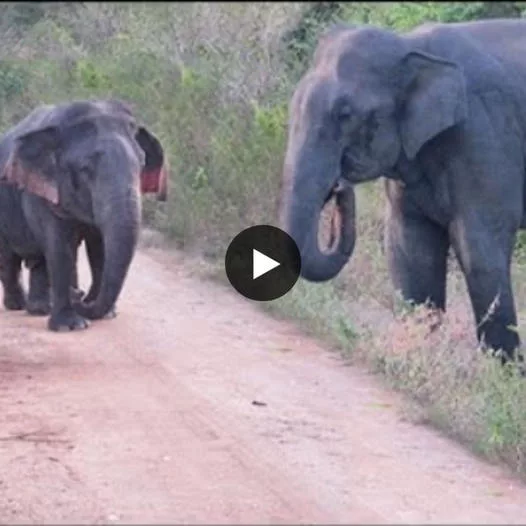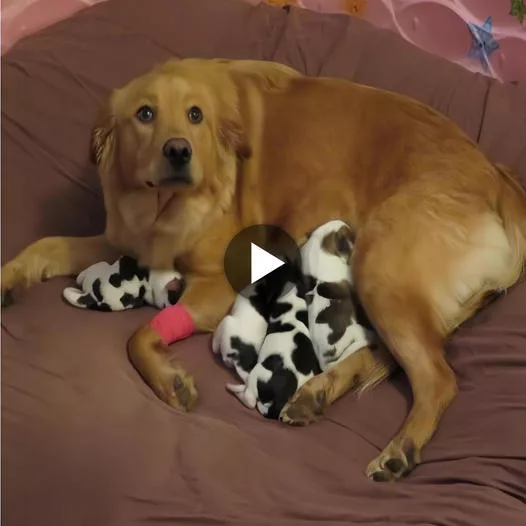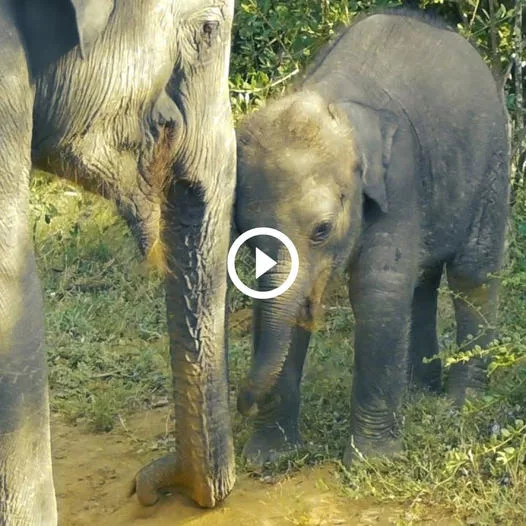A Collaborative Effort of Wildlife Experts and Local Communities to Ensure Safe Return to Nature
The decline in wildlife populations across the world due to the loss of natural habitats resulting from human activity and climate change is a major concern for all of us. To address this issue, a group of wildlife experts has been working in collaboration with local communities to ensure that animals can be safely reintroduced into their natural habitats.

The process of reintroduction is complex and requires careful planning and execution to ensure that both the animals and local communities are safe. The first step in this process is to identify suitable habitats for the animals. This involves extensive research and analysis of the area to determine the availability of food, water, and shelter, as well as the potential risks posed by predators and human activity.
Once suitable habitats have been identified, a plan is developed for the reintroduction of the animals. This plan takes into account the specific needs of the species, as well as the local ecosystem and the needs of the local community. The plan may involve the construction of new habitats or the modification of existing ones to make them suitable for the animals.

Throughout the process, the local community is involved in the decision-making process. This helps to ensure that the reintroduction is done in a way that is respectful of local customs and traditions, and that the needs of the community are taken into account.
The success of reintroduction programs is dependent on the involvement of local communities. Involving them in the process not only ensures that their needs are met, but it also helps to raise awareness about the importance of protecting wildlife and their habitats. This can lead to a shift in mindset, where local communities become champions for wildlife conservation.
Moreover, the collaborative effort of wildlife experts and local communities can also lead to the development of sustainable tourism. This can provide economic benefits to local communities while also promoting wildlife conservation. By showcasing the beauty and importance of local ecosystems, sustainable tourism can be a powerful tool in preserving biodiversity.
Overall, the collaborative effort of wildlife experts and local communities is a vital step in ensuring the safe return of animals to their natural habitats. By working together, we can help to restore the balance of our ecosystems and protect the biodiversity of our planet for generations to come.# A Collaborative Effort of Wildlife Experts and Local Communities to Ensure Safe Return to Nature

Wildlife conservation is a challenging task that requires the efforts of experts and local communities. The loss of natural habitats due to human activity and climate change has led to a decline in wildlife populations across the world, which is a major concern. To address this issue, a group of wildlife experts has been working in collaboration with local communities to ensure that animals can be safely reintroduced into their natural habitats.

The process of reintroduction is a delicate one, and it requires careful planning and execution to ensure the safety of both the animals and the local communities. The first step in this process is to identify suitable habitats for the animals. This involves extensive research and analysis of the area to determine the availability of food, water, and shelter, as well as the potential risks posed by predators and human activity.

Once suitable habitats have been identified, a plan is developed for the reintroduction of the animals. This plan takes into account the specific needs of the species, as well as the local ecosystem and the needs of the local community. The plan may involve the construction of new habitats or the modification of existing ones to make them suitable for the animals.

Throughout the process, the local community is involved in the decision-making process. This helps to ensure that the reintroduction is done in a way that is respectful of local customs and traditions, and that the needs of the community are taken into account.
The success of reintroduction programs is dependent on the involvement of local communities. Involving them in the process is essential to make sure that their needs are met, and it helps to raise awareness about the importance of protecting wildlife and their habitats. This can lead to a shift in mindset, where local communities become champions for wildlife conservation.
Moreover, the collaborative effort of wildlife experts and local communities can also lead to the development of sustainable tourism. Sustainable tourism can provide economic benefits to local communities while also promoting wildlife conservation. By showcasing the beauty and importance of local ecosystems, sustainable tourism can be an effective tool in preserving biodiversity.
Overall, the collaborative effort of wildlife experts and local communities is a vital step in ensuring the safe return of animals to their natural habitats. By working together, we can help to restore the balance of our ecosystems and protect the biodiversity of our planet for generations to come. Wildlife conservation is not just a responsibility of the experts, but a collective responsibility of all of us.



